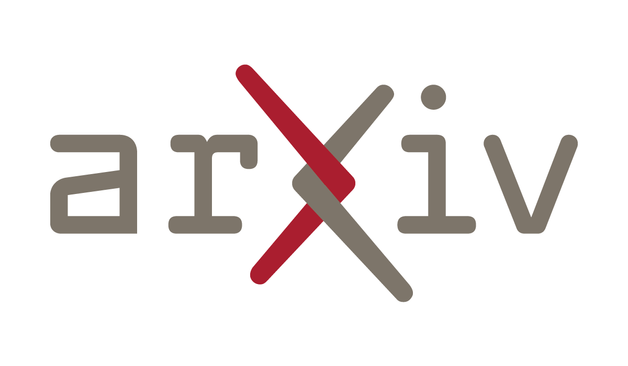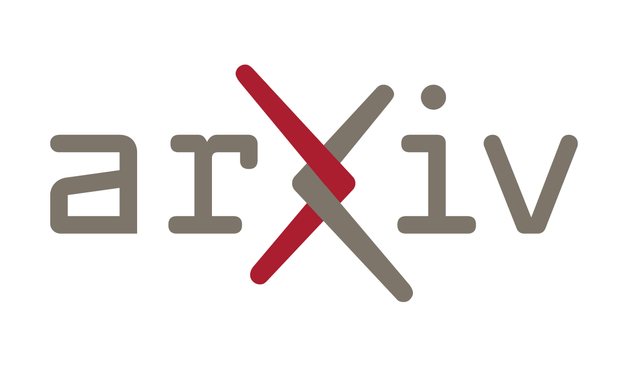2025-07-28 13:04:34
How popular media gets love wrong
Okay, so what exactly are the details of the "engineered" model of love from my previous post? I'll try to summarize my thoughts and the experiences they're built on.
1. "Love" can be be thought of like a mechanism that's built by two (or more) people. In this case, no single person can build the thing alone, to work it needs contributions from multiple people (I suppose self-love might be an exception to that). In any case, the builders can intentionally choose how they build (and maintain) the mechanism, they can build it differently to suit their particular needs/wants, and they will need to maintain and repair it over time to keep it running. It may need winding, or fuel, or charging plus oil changes and bolt-tightening, etc.
2. Any two (or more) people can choose to start building love between them at any time. No need to "find your soulmate" or "wait for the right person." Now the caveat is that the mechanism is difficult to build and requires lots of cooperation, so there might indeed be "wrong people" to try to build love with. People in general might experience more failures than successes. The key component is slowly-escalating shared commitment to the project, which is negotiated between the partners so that neither one feels like they've been left to do all the work themselves. Since it's a big scary project though, it's very easy to decide it's too hard and give up, and so the builders need to encourage each other and pace themselves. The project can only succeed if there's mutual commitment, and that will certainly require compromise (sometimes even sacrifice, though not always). If the mechanism works well, the benefits (companionship; encouragement; praise; loving sex; hugs; etc.) will be well worth the compromises you make to build it, but this isn't always the case.
3. The mechanism is prone to falling apart if not maintained. In my view, the "fire" and "appeal" models of love don't adequately convey the need for this maintenance and lead to a lot of under-maintained relationships many of which fall apart. You'll need to do things together that make you happy, do things that make your partner happy (in some cases even if they annoy you, but never in a transactional or box-checking way), spend time with shared attention, spend time alone and/or apart, reassure each other through words (or deeds) of mutual beliefs (especially your continued commitment to the relationship), do things that comfort and/or excite each other physically (anywhere from hugs to hand-holding to sex) and probably other things I'm not thinking of. Not *every* relationship needs *all* of these maintenance techniques, but I think most will need most. Note especially that patriarchy teaches men that they don't need to bother with any of this, which harms primarily their romantic partners but secondarily them as their relationships fail due to their own (cultivated-by-patriarchy) incompetence. If a relationship evolves to a point where one person is doing all the maintenance (& improvement) work, it's been bent into a shape that no longer really qualifies as "love" in my book, and that's super unhealthy.
4. The key things to negotiate when trying to build a new love are first, how to work together in the first place, and how to be comfortable around each others' habits (or how to change those habits). Second, what level of commitment you have right now, and what how/when you want to increase that commitment. Additionally, I think it's worth checking in about what you're each putting into and getting out of the relationship, to ensure that it continues to be positive for all participants. To build a successful relationship, you need to be able to incrementally increase the level of commitment to one that you're both comfortable staying at long-term, while ensuring that for both partners, the relationship is both a net benefit and has manageable costs (those two things are not the same). Obviously it's not easy to actually have conversations about these things (congratulations if you can just talk about this stuff) because there's a huge fear of hearing an answer that you don't want to hear. I think the range of discouraging answers which actually spell doom for a relationship is smaller than people think and there's usually a reasonable "shoulder" you can fall into where things aren't on a good trajectory but could be brought back into one, but even so these conversations are scary. Still, I think only having honest conversations about these things when you're angry at each other is not a good plan. You can also try to communicate some of these things via non-conversational means, if that feels safer, and at least being aware that these are the objectives you're pursuing is probably helpful.
I'll post two more replies here about my own experiences that led me to this mental model and trying to distill this into advice, although it will take me a moment to get to those.
#relationships #love
2025-06-18 08:04:01
FormGym: Doing Paperwork with Agents
Matthew Toles, Rattandeep Singh, Isaac Song Zhou Yu
https://arxiv.org/abs/2506.14079 https://arx…
2025-05-12 08:39:14
Last leg on our brief history of NLP (so far) is the advent of large language models with GPT-3 in 2020 and the introduction of learning from the prompt (aka few-shot learning).
T. B. Brown et al. (2020). Language models are few-shot learners. NIPS'20
https://…
2025-07-02 08:23:00
Enhancing Car-Following Models with Bike Dynamics for Improved Traffic Simulation
Nico Ostendorf, Keno Garlichs, Lars Wolf
https://arxiv.org/abs/2507.00062


